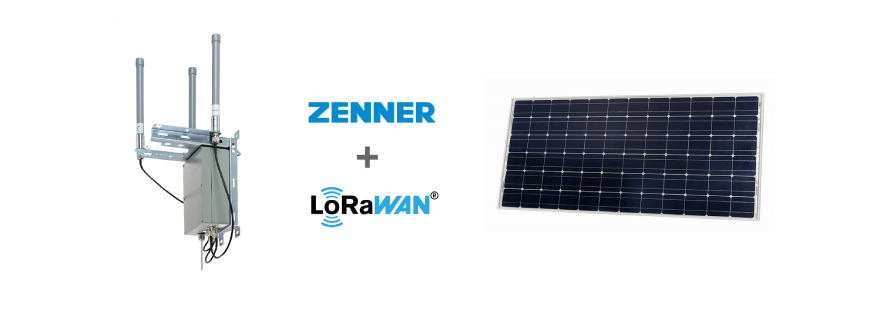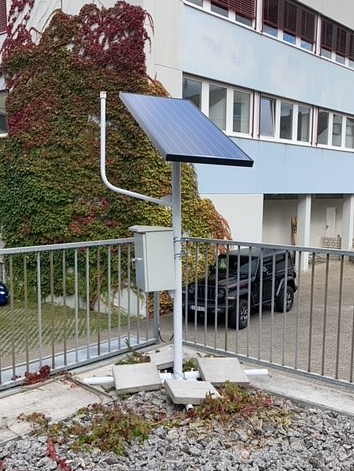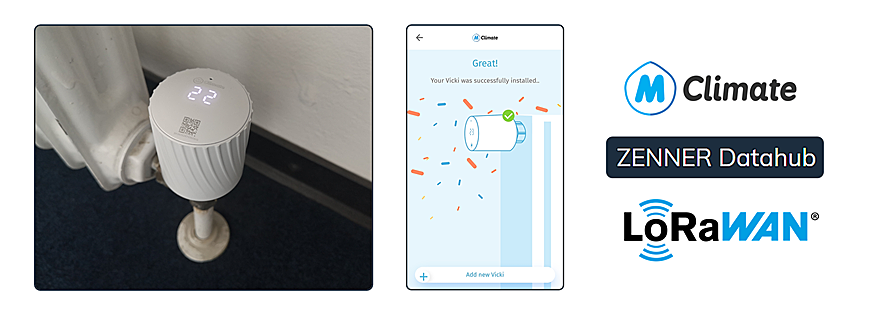ZENNER IoT Gateway Outdoor becomes PV Gateway Part 1: Motivation & Preliminary Thoughts

How can an existing and proven IoT gateway be operated self-sufficient without having to develop a completely new product? This question was investigated in a pilot project. The result: A “conventional” ZENNER IoT Gateway Outdoor became a ZENNER IoT Photovoltaic Gateway Outdoor. In my small series of articles you can find out what the motivation behind it was, how it was done and what components the solar-powered PV Gateway ultimately consists of.
Motivation for a Photovoltaic IoT Gateway
Mounting locations for outdoor IoT gateways must meet certain requirements to be considered usable/suitable. Criteria may include accessibility, the height of the assembly site, the location of the site itself or the presence of a power supply. Unfortunately, a common problem that arises in some projects is that an assembly site is deemed to be very suitable, but there is no power supply, or it can only be established at great financial and time effort. This has been also the case, for example, with the implementation of the flood monitoring by KWMSYS in the Echaztal valley. This problem gave rise to the idea of running an already proven ZENNER gateway autonomously using photovoltaics and a backup battery. Comparable projects include for example solar-powered amateur radio relay stations in remote areas.
Preliminary Thoughts & Requirements
Once the idea was developed, the next step was to define the requirements for the first prototype. These were as follows:
- Stand-alone gateway operation without support from the sun for extended periods, e.g. 14 days
- Ability to remotely read the PV controller for monitoring purposes
- Usage of the ZENNER Connect LoRaWAN® network
- Enrichment with other parameters such as temperature, humidity or brightness (lux value) should be possible in principle
- The PV controller must provide the appropriate interface for reading
- The structure, excluding the photovoltaic panel, must fit into a box that protects the components from wind and weather
- Use of the most efficient charging technologies (MPPT)
- 12V system voltage to run the gateway without a converter/inverter
- Easy assembly on site, e.g. by simple plug-in connections
- Components must be sized to fit through a typical flat roof skylight (100cm x 100cm)
- The outdoor gateway must be able to be installed and operated outside the box.
Based on these requirements, the first prototype for a Proof of Concept (PoC) was then developed in order to initially test the basic usability/feasibility.
Part 2: Proof of Concept & Learnings
In the second part you will learn which components the first prototype consisted of, which insights could be drawn from the Proof of Concept (PoC) carried out with it and how the prototype has changed over time during the test phase. But here’s a little foretaste:







Responses